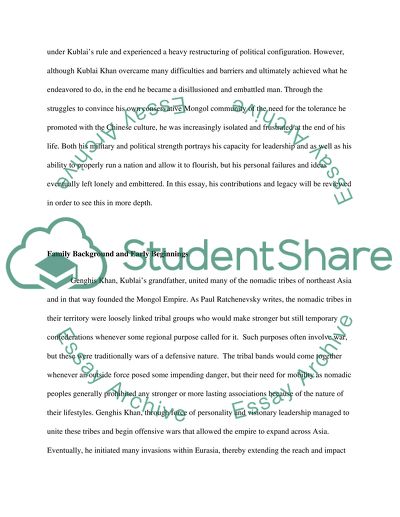Cite this document
(“Kublai Khan Essay Example | Topics and Well Written Essays - 2500 words”, n.d.)
Retrieved from https://studentshare.org/history/1393493-kublai-khan
Retrieved from https://studentshare.org/history/1393493-kublai-khan
(Kublai Khan Essay Example | Topics and Well Written Essays - 2500 Words)
https://studentshare.org/history/1393493-kublai-khan.
https://studentshare.org/history/1393493-kublai-khan.
“Kublai Khan Essay Example | Topics and Well Written Essays - 2500 Words”, n.d. https://studentshare.org/history/1393493-kublai-khan.


